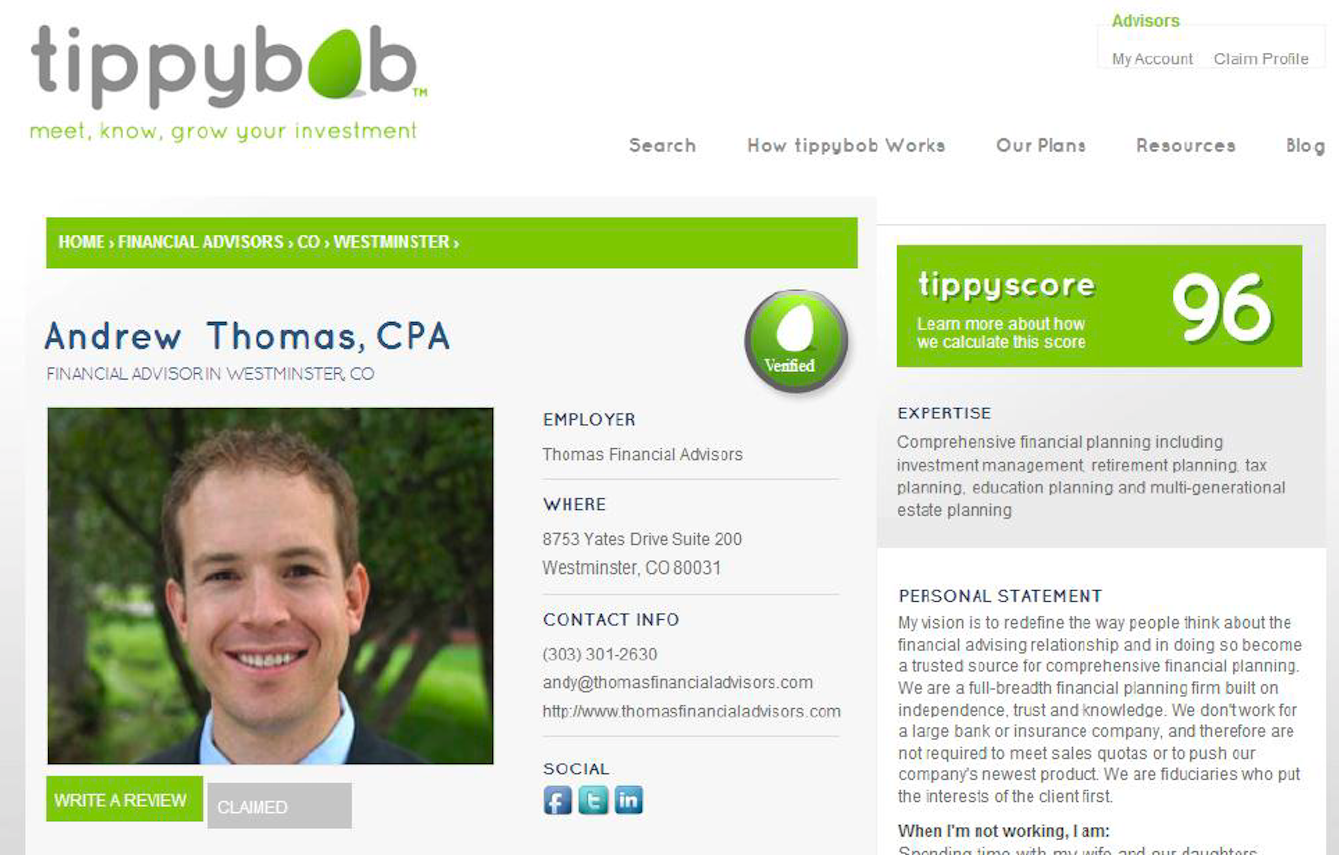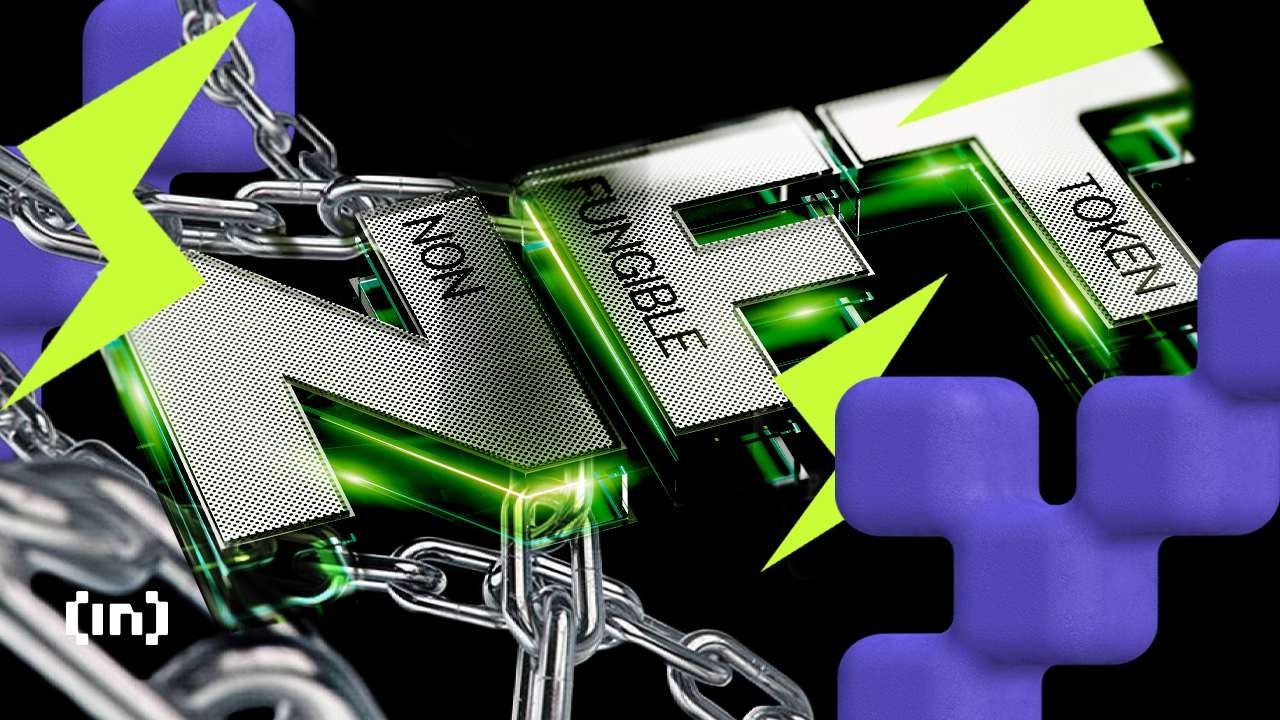Flare that illuminates the utility issues of blockchain

Wednesday 22 March 2023 at 11.53
Crypto AM meets Hugo Philion, CEO and co-founder of Flare…
Hugo Philion and his two co-founders shared a love of technology, especially blockchain. In 2017, they began to focus on consensus algorithms, inherent to cryptocurrencies, where they are used to reach agreement on a single data value among distributed processes or systems.
“There are a lot of layer one blockchains out there,” he explains.
“But most of them work with various aspects that are not necessarily perfect in our industry today. There are newer blockchains focused on technologies such as scaling using sharding and zero proof of knowledge. But scaling alone will not bring more benefit to the industry.”
Philion argues that blockchains are currently quite limited in what they can do – essentially, they are a ledger.
“They can confirm what’s happened on that ledger, they can agree on what’s great and a great tool, but it’s not necessarily a tool in itself that can scale or offer products to the entire population of the world, let he to.
“And ultimately, that’s what we want out of this new technology. So at Flare, we’re not trying to attack the scaling problem because it will become a commodity over time, rather in the same way that we all use algorithms as standard practice. The who manage to fix the scaling problem will only have a very short window to take advantage of their solution.”
Instead, Flare is looking to tackle the utility problem with blockchain. Philion sees only one main product at the moment: DeFi, but he doesn’t call it an application of blockchain, rather a set of limited-use primitives.
“If we want to roll out DeFi and decentralized blockchains to a much larger number of people, we need to add as much data as possible.
“Flare is the blockchain for data. We have native protocols to be able to reach consensus on and absorb data from external systems, both blockchains and web2 APIs. This will give developers the ability to build much more interesting applications, and it is these future applications which will have the chance to gain a very large user base.”
Building a blockchain of data takes time. Flare built its Songbird canary net in September 2021 to both test its protocols in the wild (on a blockchain where value already exists) and also to observe whether the analysis of human behavior or participant behavior is correct.
“As you will be aware, all blockchains rely on some form of game theory for security or consensus as it has to be used by people. Seeing the interactions on Songbird has been very helpful for us. It is also designed for developers to build within the Flare ecosystem and test their protocols on Songbird before moving to our mainnet.”
Philion explains that the two blockchains are the same as a lower house (Songbird) and an upper house (Flare) in a traditional two-camera system.
“Another important aspect is the data protocols that allow Songbird and Flare to essentially prove what has happened on another blockchain in the chain – allowing two-way traffic between them. And finally, Songbird can act as a viable layer 2 blockchain for further computation on Flare .”
So, while the existence of Songbird has not changed the development of the mainnet, it has been crucial in analyzing the data that provides protocols, especially FTSO, which has resulted in several changes.
“Of course, Flare was originally designed to be a layer 2 for a particular blockchain, XRP, but now it has evolved into a layer 1 blockchain for data that delivers interoperability both with other blockchains and the internet.”
Flare has built up to its own live moment where the token was distributed to many millions (latest rough extrapolation is about seven million) addresses on every major exchange in January.
“This was one of the largest, broadest and most massively decentralized token distributions in crypto history. It meant that Flare received massive support from exchanges (and is listed across many of them apart from Coinbase and Binance, but Coinbase has confirmed that it will list the token in the first half of 2023).
“We distributed 15% to the public and then the remaining 85% will be earned over the next 36 months by wrapping the Flare token on the network.”
Philion explains that the monthly distribution is earned pro-rata. If someone has 10% of what’s wrapped, they earn 10% of that month’s distribution and on and on for the next 36 months.
“We modeled it using the Bitcoin mentality where you have relatively high inflation in the early days of people contributing to the network.
“It is very difficult to know what people will build over time. Consider YouTube or Facebook – I’m sure the builders at the time didn’t know the final size of their application. We are looking to create the blockchain for data so that people can take data from other places and use it on a blockchain. That could mean data like your identity, so you can connect it to games, social media or even open banking.
“It could allow people to create applications where DeFi is relevant, perhaps in the form of buying assets in the game. Before you might have needed a necessary token and current DeFi is very limited in its application. We are also looking at Flare providing a layer for monetization in Blockchain for existing Web 2 properties – and then you will have a real inroad into mass adoption.”
So far, the large Flare community has been voracious for information and can be intense and critical when things go wrong or just aren’t perfect. An example of their involvement is a recent vote to change the airdrop deployment mechanics.
“There was minimal participation from the team, but it passed with a 93% majority which clearly shows the passion of the community. As a foundation, we will also support any credible developers who want to build on the network through grants. And we are looking for partnerships with other companies and blockchains – as interoperability is key to our success.”

























